
March is a busy time at our hillside nursery in Vermont, where we grow all kinds of cold-hardy fruits, nuts, and berries. We grow about a dozen types of currants. These pretty, vase-shaped shrubs are very hardy, have no thorns, and are easy to grow and to care for. If you plant a few in your garden, you will know it is really summertime when you come across waterfalls of glistening fruit, ripe for the taking. Here’s what you need to know when you start growing currants.
After a week up in the apple trees pruning with Silky saws and Felco pruners, it is very relaxing to be down on the ground again working with the chest-high currant bushes.
The basics of growing currants
(Ribes spp. and cvs.)
Zones: 3–8
Conditions: Full sun to partial shade; moist, cool, well-mulched soil. In warmer climates, choose heat-resistant varieties, provide afternoon shade, and water regularly.
Native range: Europe, Asia, western North America
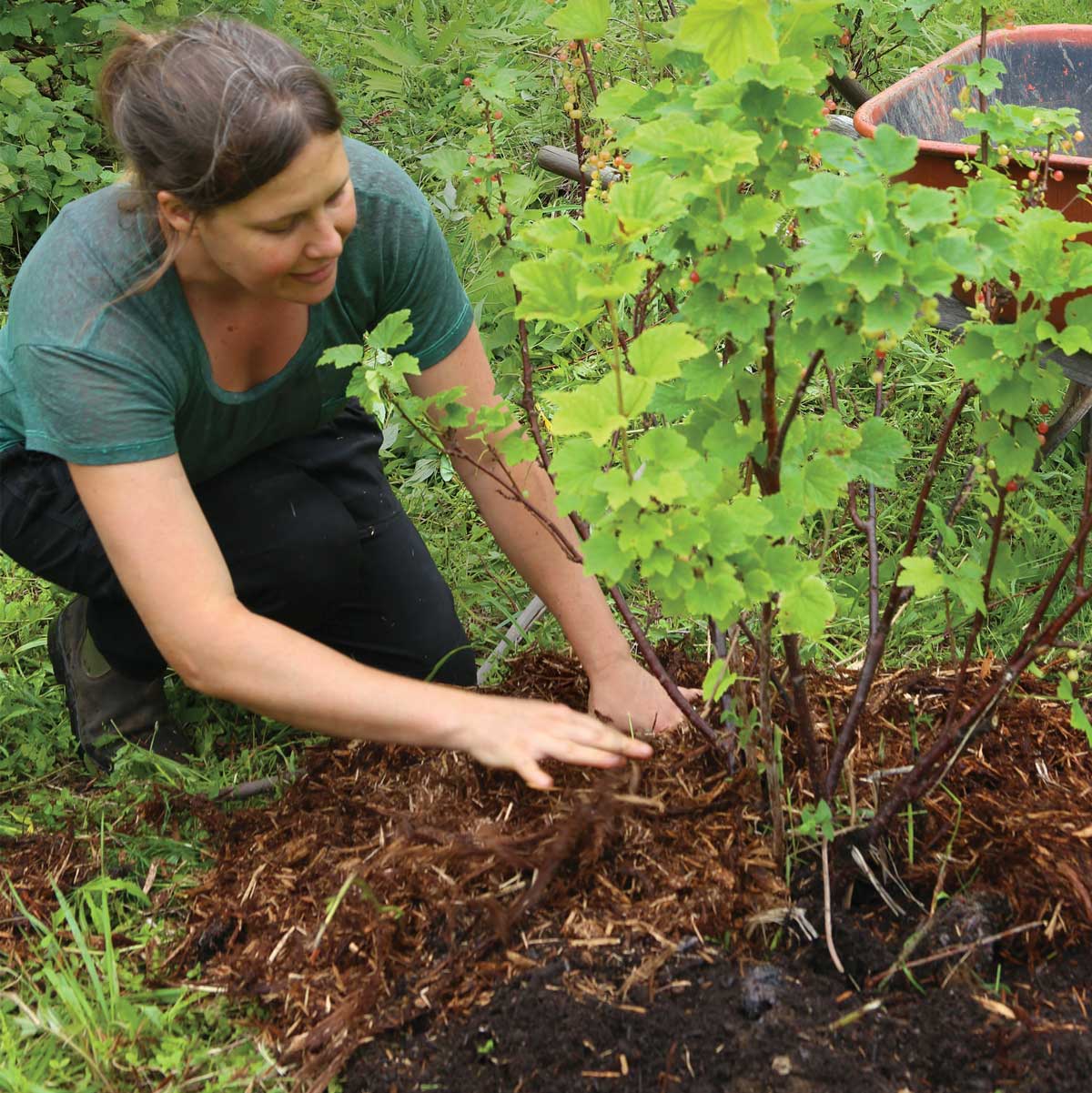
Currant Care and Maintenance
Currant bushes look right at home tucked into a vegetable garden or ornamental bed.
Planting and caring for currants
- Space them 5 feet apart.
- Add a wheelbarrow of compost around the base of each shrub after planting.
- Apply new compost every other spring. We usually top the compost with bark mulch or straw, which helps to provide the cool, moist soil that currants like best.
- Every two years we scatter a vegan blend of alfalfa meal, azomite, and rock phosphate over the root zone to provide a boost of minerals and nutrients.
Prune back currant bushes annually
Although these shrubs are very low-maintenance, they benefit from annual thinning. At the nursery, we thin ours in late winter to early spring, but plants respond well to thinning almost any time of the year. Start with dead, weak, and wounded stems. Remove around one-third of all stems from each bush. This will direct all of the plant’s fruit-growing energy to the strong, vigorous stems that remain.
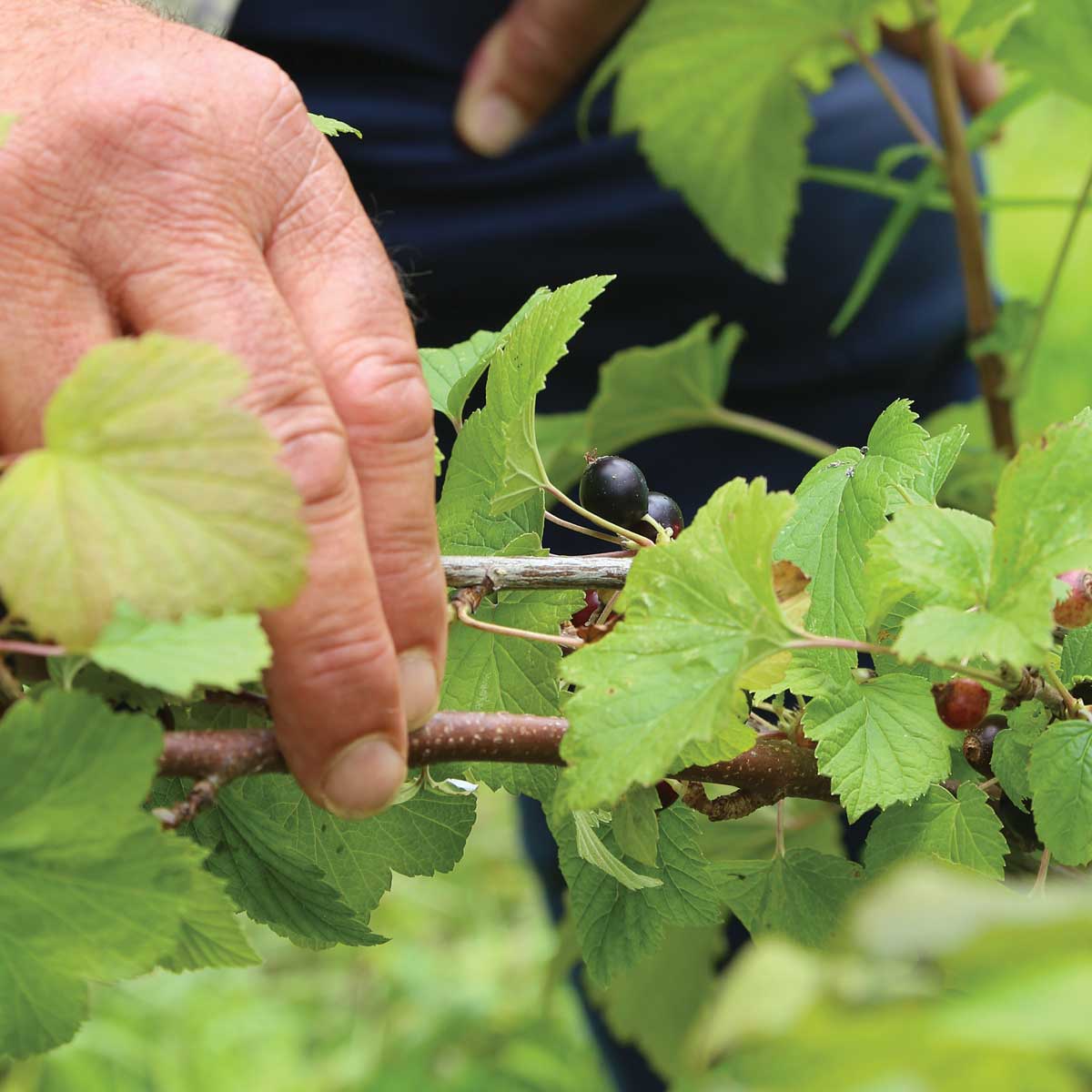
Protect currants from pests
Although currants are usually not troubled by pests, birds are likely to get some of your harvest. I suggest planting some bushes for you and some for the birds. You can try stringing up reflective holographic ribbon or old CDs above fruiting bushes, but it won’t stop them all.
Another trick is to harvest and freeze some fruit a little early, before it is perfectly ripe. That way if the birds get to the ripest fruit before you do, the early harvest will be safely tucked away for later use in jellies, jams, and juices.
Propagating currants
Currants root very easily from cuttings. Just cut a piece of stem in early spring before the plant begins to leaf out, and stick it deep into the earth; it will generally root and create a new plant.
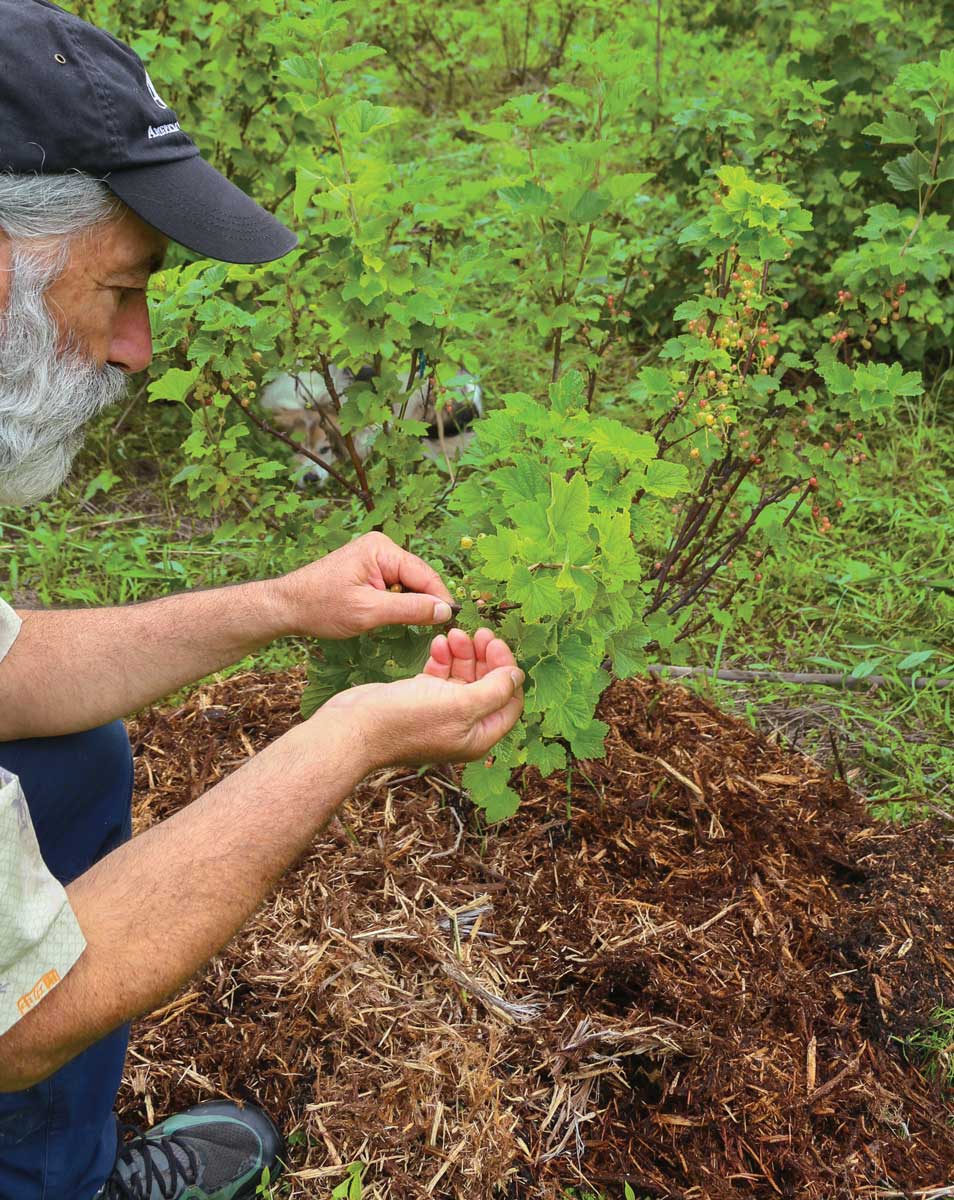
How to use your currant harvest
The best way to enjoy currants is by the handful, fresh off the bush. They are also excellent in jams and jellies, either alone or mixed with other fruit.
Currant shrub
Follow these simple steps to make currant shrub:
1. Mash and strain red currants; save the juice.
2. Mix one part currant juice, one part water, and either a half-part sugar or a quarter-part maple syrup.
3. Chill the mixture.
4. Serve it over ice.
For a more thorough explanation of this process, watch this video on how to make a shrub.
The taste of this traditional fruit is catching on, and our local beer companies and gelato stores are using them to create new flavors. In fact, Elmore Roots recently planted 50 ‘Pink Champagne’ currants at the request of a local beer maker, and we are looking forward to driving large harvests over there a few years down the line.
Plant Picks
Try some of these favorite currant varieties
Currants come in four colors: red, white, pink, and black. In New England, the red and the white are the most well known in gardens. Black currants are well loved in Europe and are starting to become popular on this side of the ocean too. Here are some of the cultivars we have had the most success growing.
1. ‘Gloire des Sablons’ red currant (Ribes rubrum ‘Gloire des Sablons’)
Size: 3 to 5 feet tall and wide
Zones: 3–8
This heirloom pink currant has a flavor that is between a red and a white currant. It is possibly a natural cross between the two.
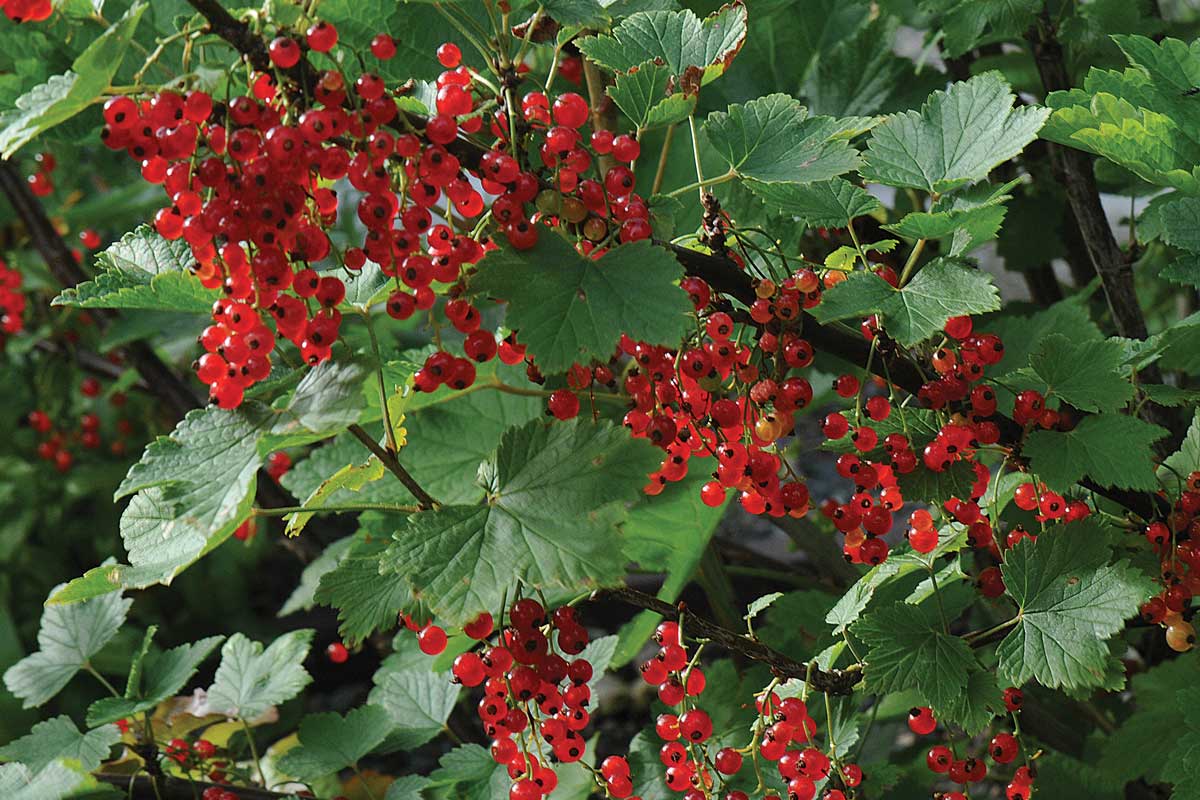
2. ‘Red Lake’ red currant (Ribes rubrum ‘Red Lake’)
Size: 3 to 5 feet tall and wide
Zones: 3–7
‘Red Lake’ is refreshing, juicy, and reliable. The fruit is large for a currant and is easy to pick.
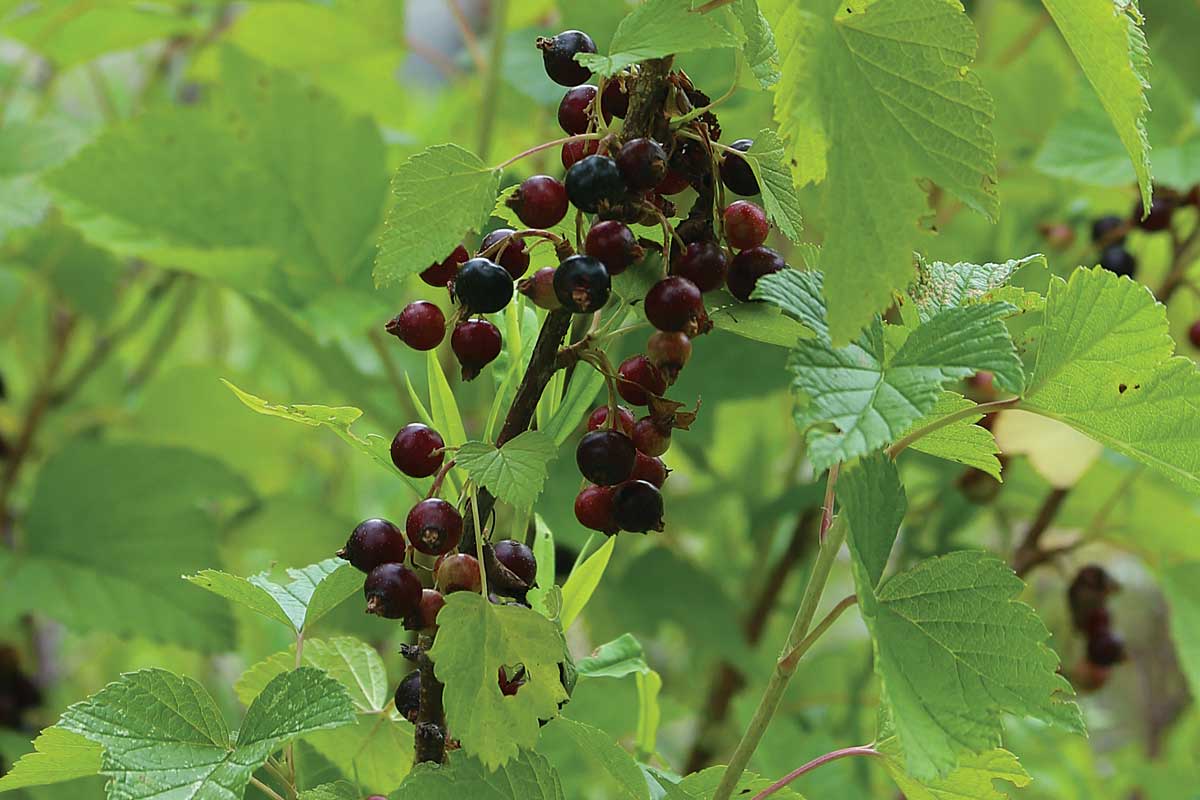
3. ‘Consort’ black currant (Ribes nigrum ‘Consort’)
Size: 3 to 6 feet tall and wide
Zones: 4–8
This nonsweet black currant, excellent for preserves, juice, and wine, was developed in Canada for disease resistance.
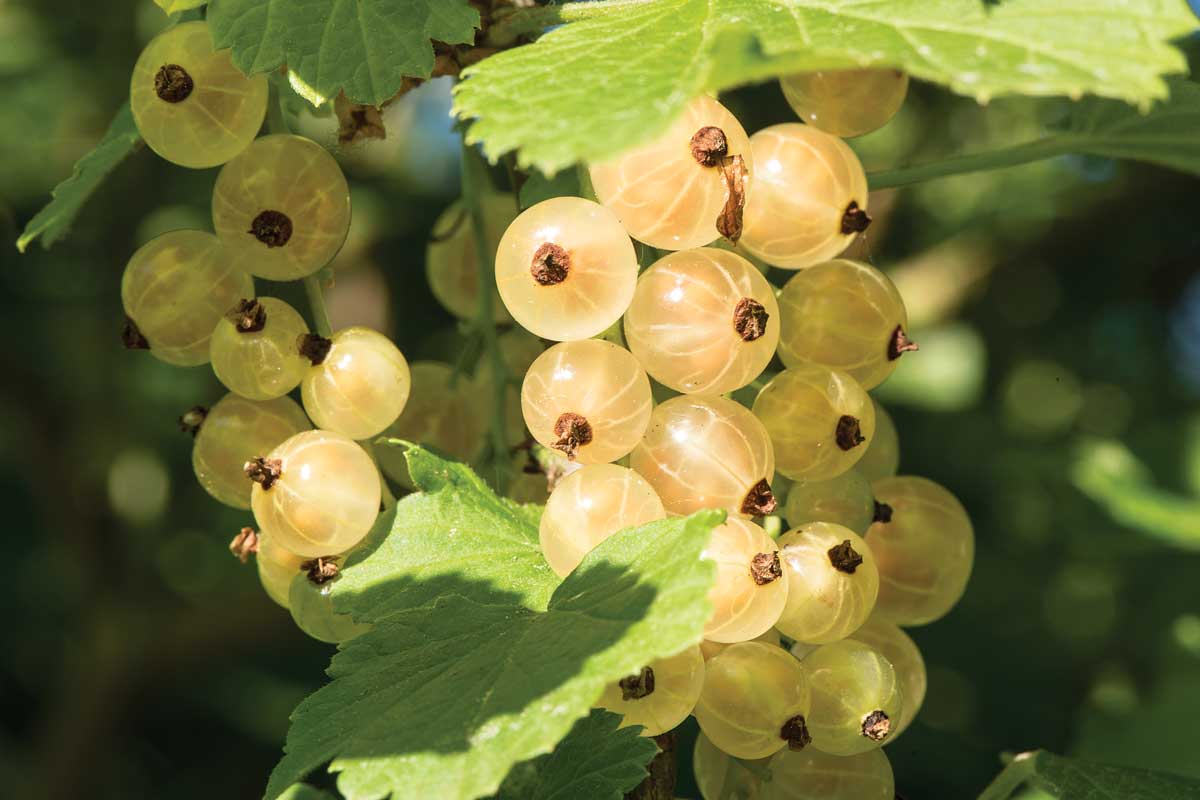
4. ‘White Imperial’ white currant (Ribes sativum ‘White Imperial’)
Size: 5 to 6 feet tall and 4 to 5 feet wide
Zones: 3–8
‘White Imperial’ is an old classic with translucent fruits that are mild and slightly sweet but also tart. Some people prefer white currants over all others for their delicate flavor.
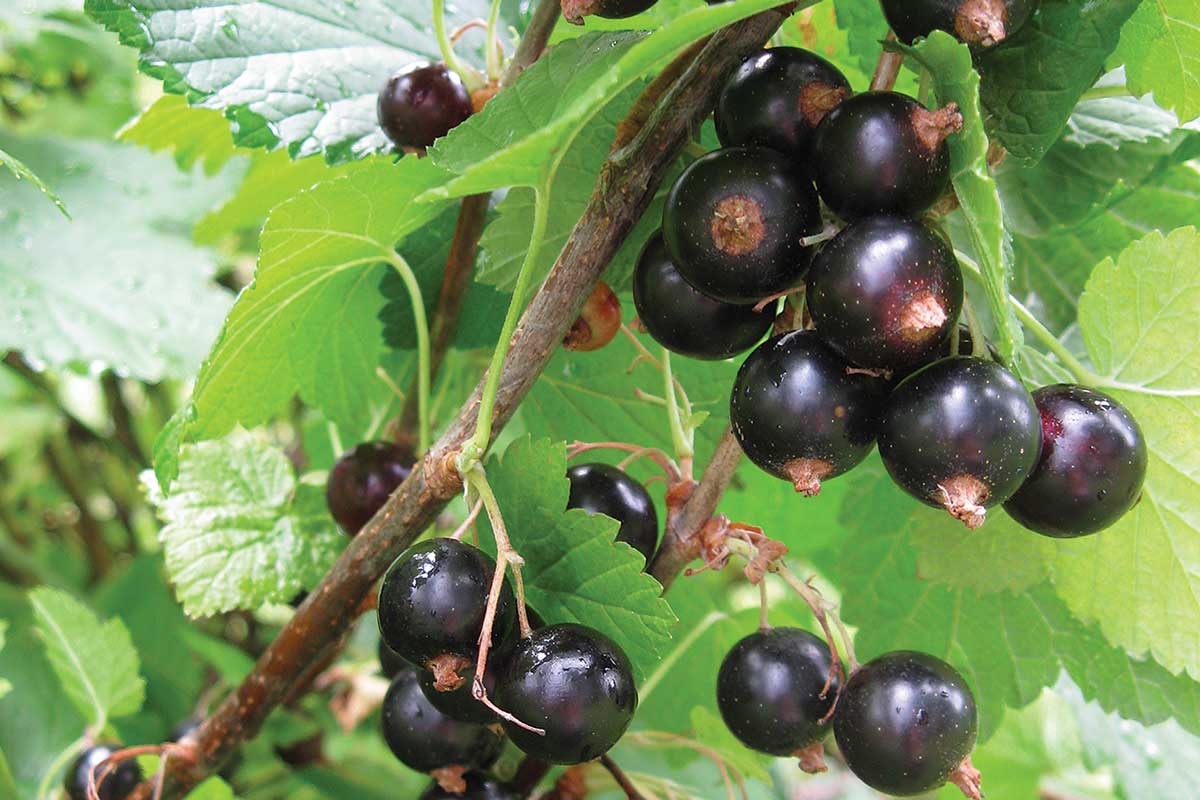
5. ‘Titania’ black currant (Ribes nigrum ‘Titania’)
Size: 3 to 5 feet tall and wide
Zones: 3–8
‘Titania’ is a black currant that has good sweetness and produces heavy crops most years.
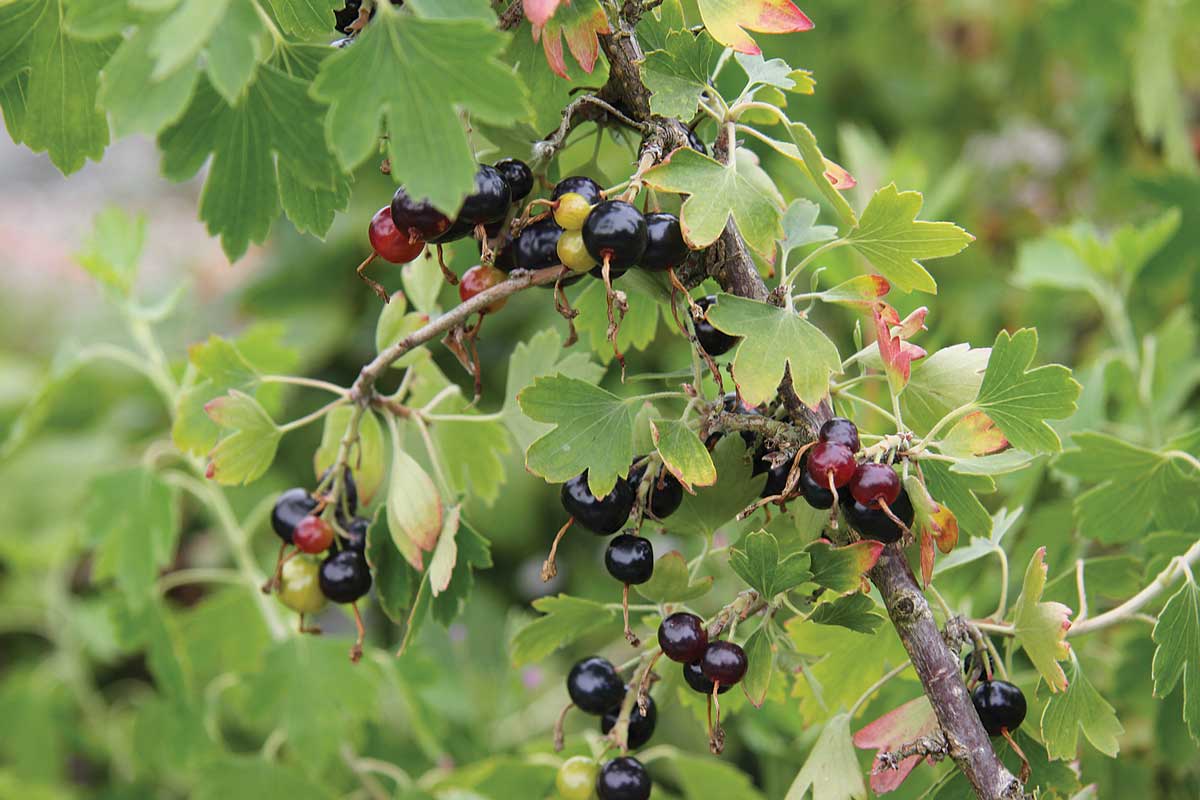
6. ‘Crandall’ clove currant (Ribes odoratum ‘Crandall’)
Size: 3 to 5 feet tall and wide
Zones: 3–8
‘Crandall’ clove currant is a Great Plains native that produces spice-scented yellow spring flowers, followed by purple-black fruits in midsummer.
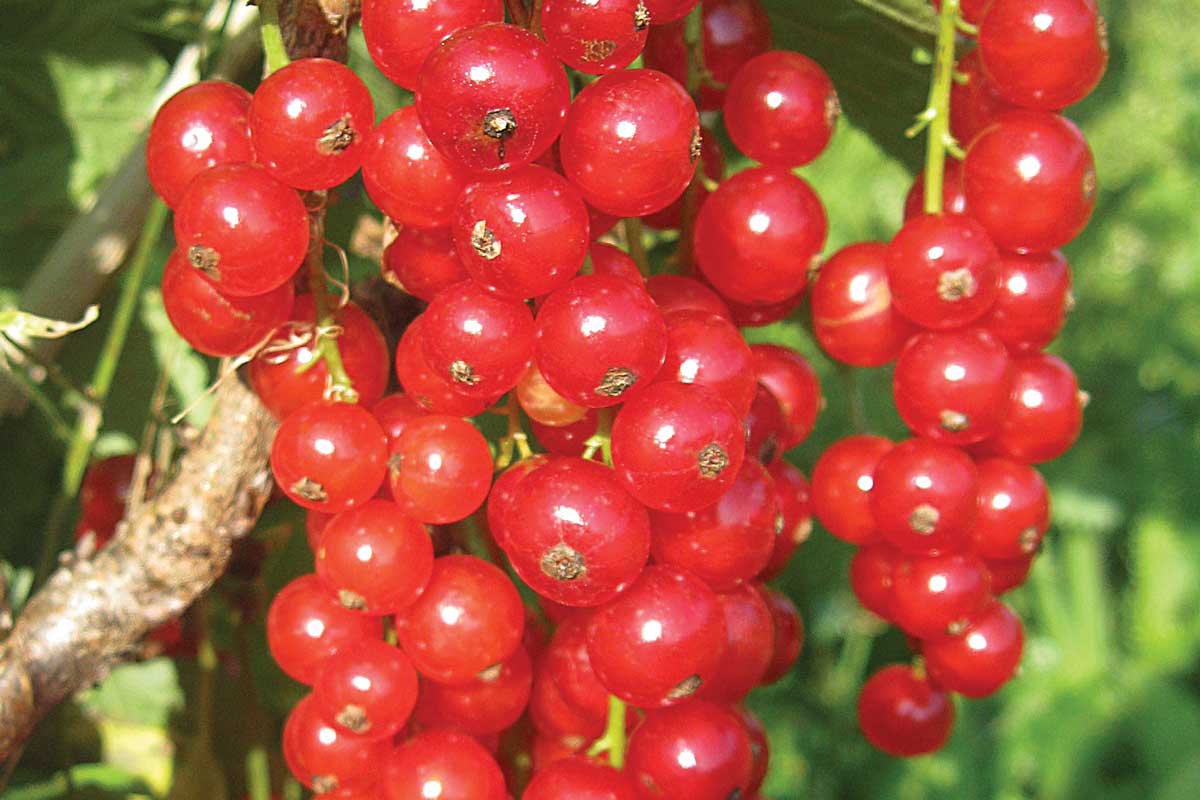
7. ‘Rovada’ red currant (Ribes rubrum ‘Rovada’)
Size: 3 to 5 feet tall and wide
Zones: 3–8
This is a newer selection of red currant from Holland that has big harvests of larger red fruit that cascade like waterfalls.
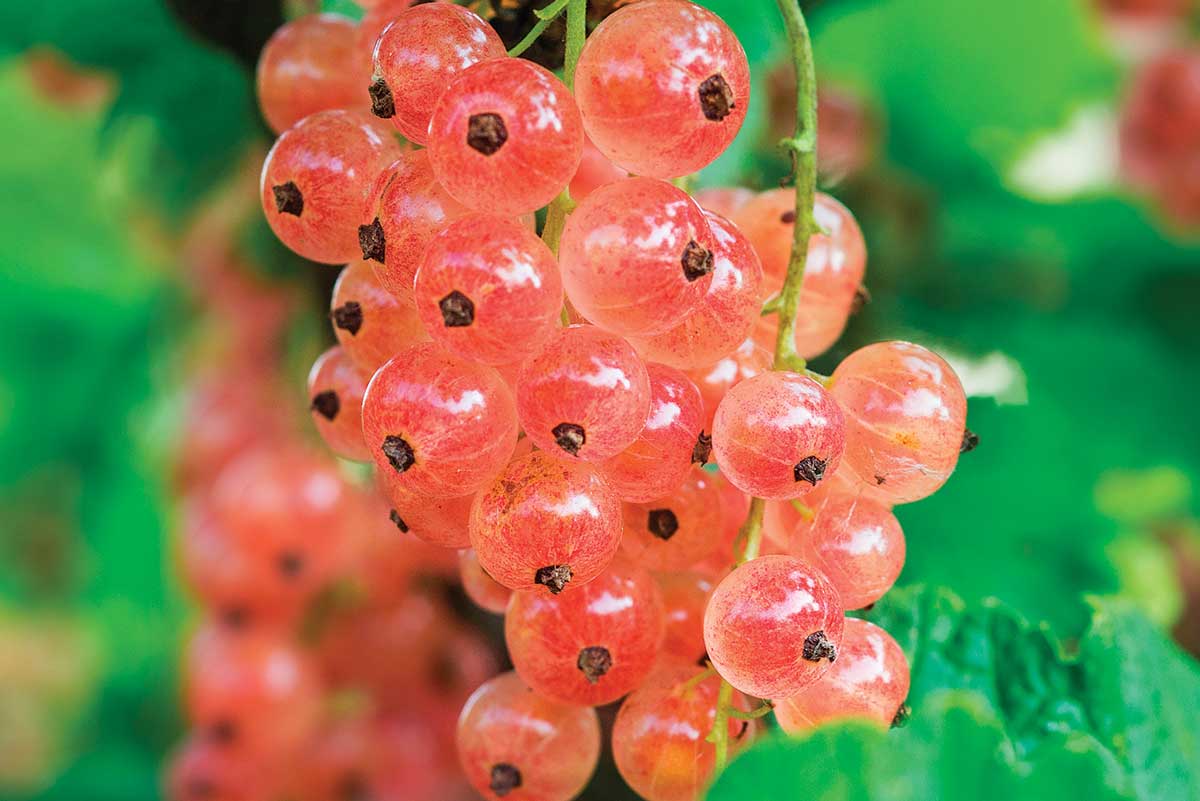
8. ‘Pink Champagne’ red currant (Ribes rubrum ‘Pink Champagne’)
Size: 3 to 5 feet tall and wide
Zones: 3–8
‘Pink Champagne’ is a vigorous, small bush with tangy fruit that tastes a bit like pink grapefruit.
Sources
- Elmore Roots, Wolcott, VT; 802-888-3305; elmoreroots.com
- One Green World, Portland, OR; 877-353-4028; onegreenworld.com
- Raintree Nursery, Morton, WA; 800-391-8892; raintreenursery.com
- Restoring Eden, Seatac, WA; 253-202-5587; restoringeden.co
- Whitman Farms, Salem, OR; 503-585-8728; whitmanfarms.com
David Fried is a plant pioneer who tests and propagates edible forest plants at Elmore Roots nursery in northern Vermont.

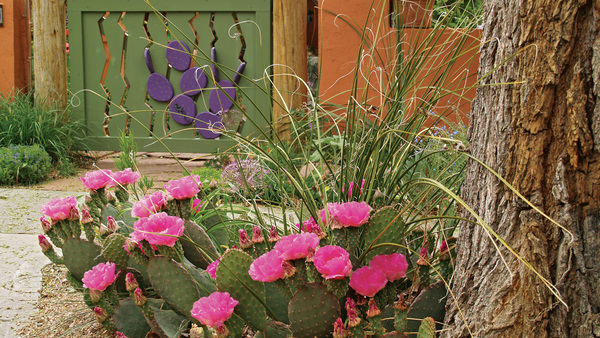

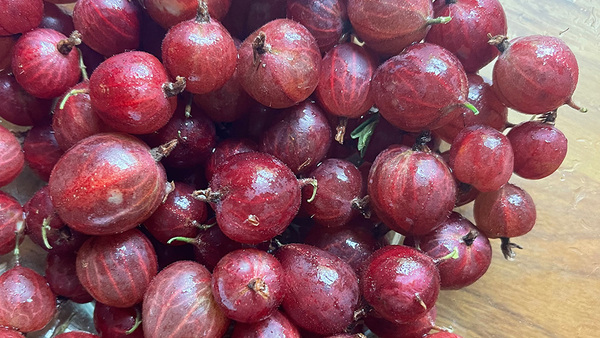













Comments
Log in or create an account to post a comment.
Sign up Log in